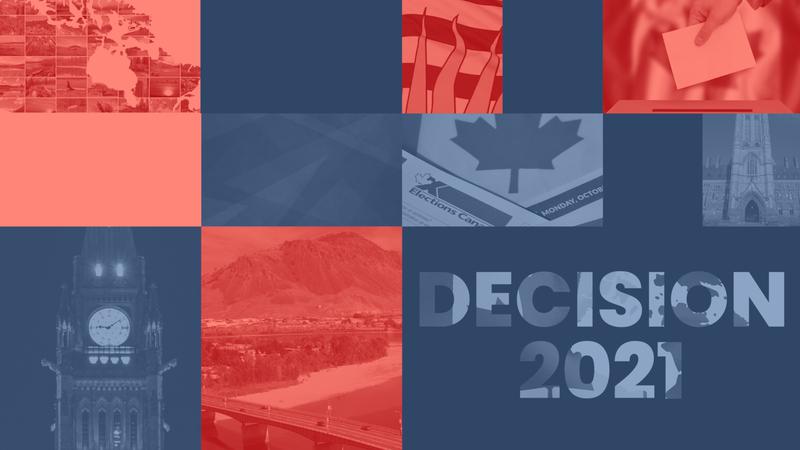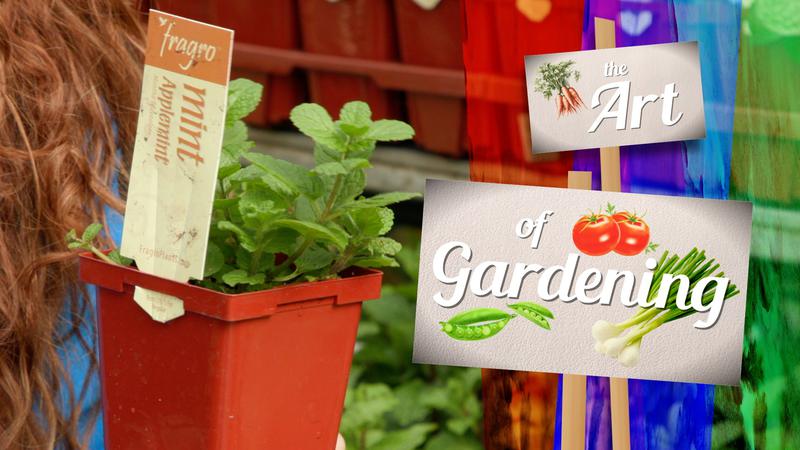
DECISION 2021: Affordability
KAMLOOPS — The cost of living continues to rise. From your food at the grocery store to where you live, everything is getting more expensive. Housing prices have become particularly alarming, even here in the Interior. In Kamloops, the average cost of a home is at $573,000, according to July statistics from the Kamloops and District Real Estate Association.
From the start of the pandemic in March 2020 to March of this year, the price of home shot up by 164 per cent. In the fourth installment of our federal election coverage, we look at how the parties plan to help keep things affordable.
If there wasn’t a housing affordability crisis before the pandemic — which there was — COVID-19 exacerbated the problem. In the last 18 months, property values in Kamloops have jumped well over $100,000 compared to the beginning of the pandemic in March 2020 — with more people preferring more “rural” settings in the B.C. Interior.


